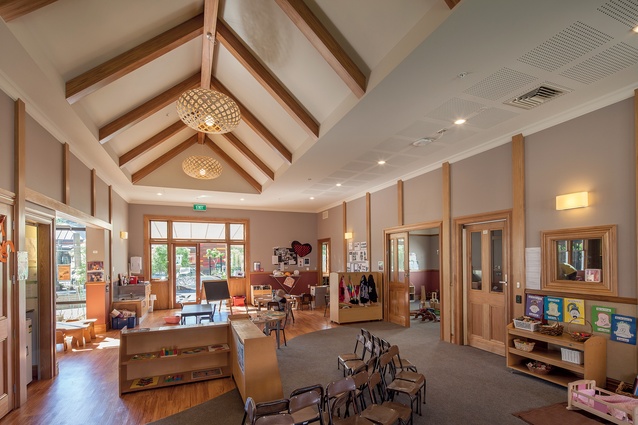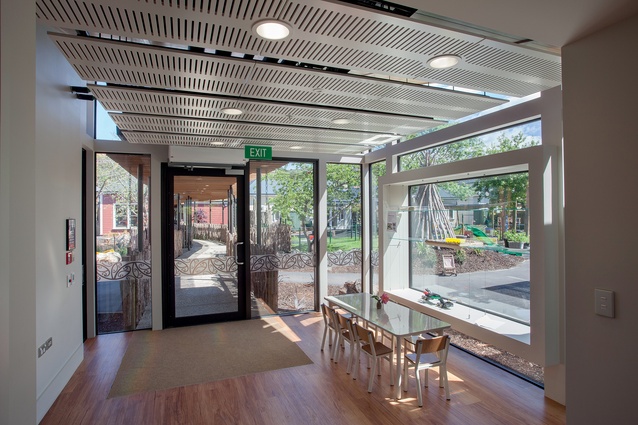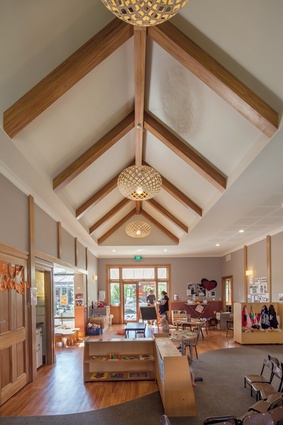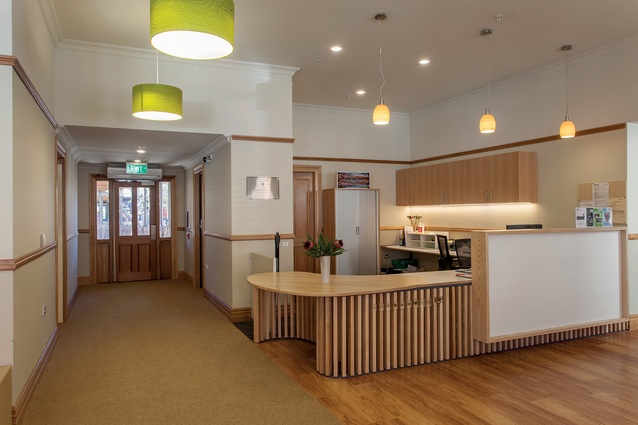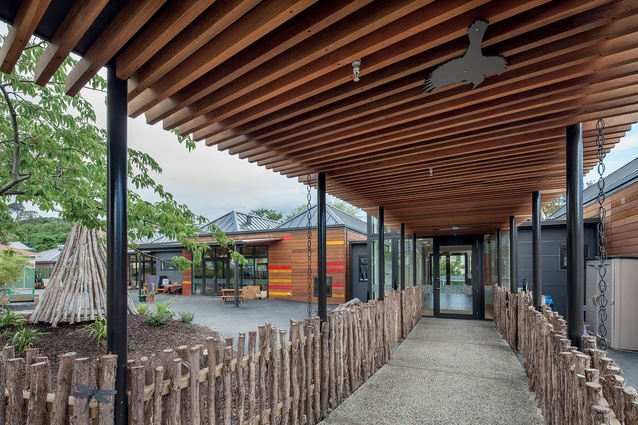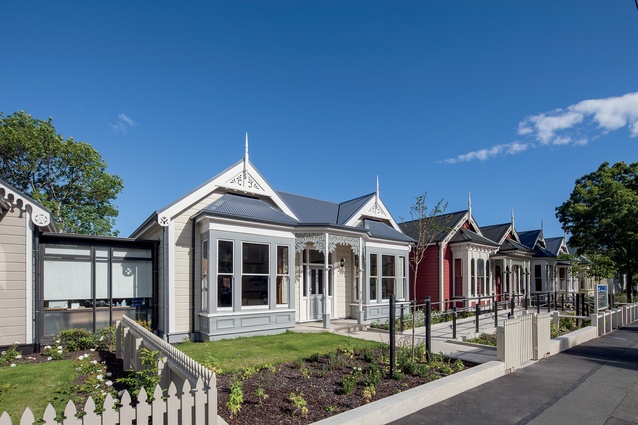University of Otago Childcare Centre
For a city whose reputation is built on being a venue for tertiary education excellence, Dunedin is doing a stellar job, also, in providing a home away from home for its smallest inhabitants. Known as Te Pā, the university’s early childhood centre was purpose-built for the Otago University Childcare Association (OUCA) and opened on the northern edge of the campus earlier this year.
Speaking with Simon Parker of Parker Warburton Team Architects about Te Pā – a name that clearly resonates with the proverb that it takes a village to raise a child – it was obvious that this was a project he and his team, including interior designer Charlotte McKirdy and senior draughtsman Warwick McLaren, took to heart.
While it’s true that 11 buildings were cleared to create a blank canvas for the site on both Castle and Montgomery Streets, Parker was wedded to weaving as many design cues as he could from the “existing fabric”. Any passer-by would be taken immediately by the five villas on Castle Street, which were restored beautifully and connected, and form both a front window from which the centre looks out on the campus-world, and a cleverly designed single point of entry.
The geometry of the villas’ building widths, their rooflines and a host of harmonious heritage values outside and inside were together a point of departure for Parker Warburton’s creation of this community of joined-up houses – with an added advantage of the structural rebuild being seismically sound and modern.
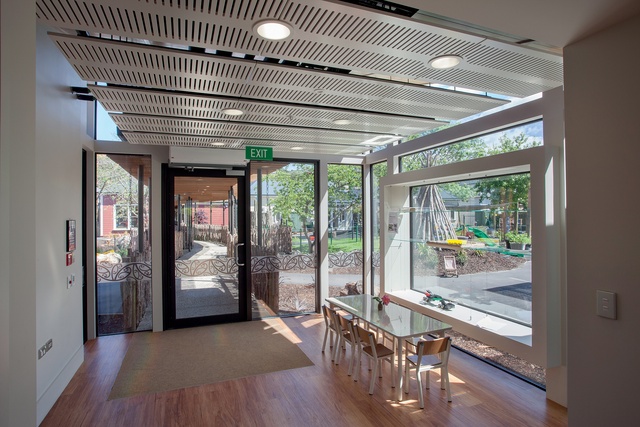
This centre is large for its kind, making space for up to 140 children and a staff of 33. It was also a strategic investment for the University of Otago to help attract overseas academics, and retain them and their families in Dunedin. Things that informed and infused Parker’s thinking: “Not (to be) plastic… to achieve a domestic feel… to reuse or repurpose interior elements from the bay windows to skirting boards to dado rails… to have warm colours for the flooring and fabrics….”
Efforts were made to see the centre from a child’s point of view so as not to “patronise the kids”. Inside touches specifically for babies to five-year-olds include windows that bring light to their height, “cute” low toilet partitions and pull-out steps. A dedicated wood-chip boiler at the back of the site provides underfloor heating and hot water to the centre, maintaining a warm ambient temperature for children with a renewable fuel and and efficient system.
Amazingly, this sun-facing centre accommodates four centres within its own miniature campus, consisting of Te Pārekereke o Te Kī a bilingual centre for children aged from birth to five years, Te Maioha for children younger than two years, and Te Uru and Te Puna for children older than two – and it does so without being a maze.
Secrets to that success encompass the large outdoor room which is the filling between the two staggered slices of the centre’s built environment. Touches here that are scaled proportionately for children include a covered walkway that features bird silhouettes and, when it rains, a copper chain for the rain to trickle down.
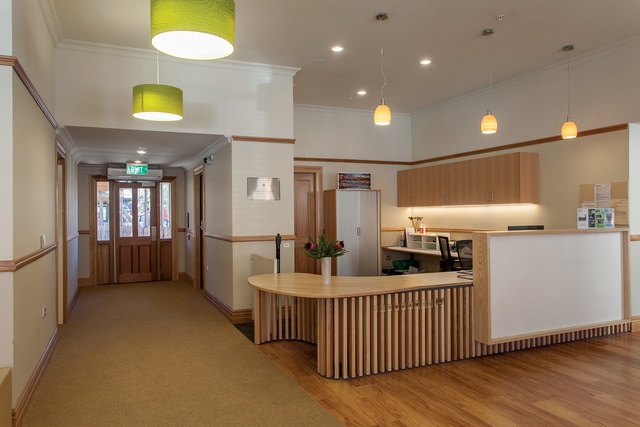
For OUCA director Kay Lloyd-Jones, the completion of this project opens a new chapter, albeit as she herself draws a close on a long career with OUCA and prepares to enter retirement this year. From concept to realisation, she has been buoyed by the way a new “community within a community” has arisen, with its own personality, own name and own culture.
Lloyd-Jones considers that no one should begrudge the aesthetics of the centre given the purposeful time of life being enjoyed by the young children who are entrusted to its safe care. Parents certainly don’t, and they have been “stunned” by its beauty. And staff have appreciated being afforded a degree of physical separation in the centre’s new interior layout, not possible in their former location; this aspect is particularly valuable for professional time during non-contact hours.
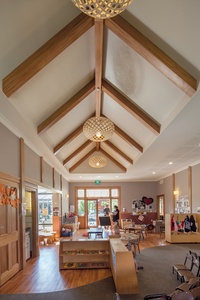
Some found the transition from old to new, from nooks and adapted surroundings that had served OUCA well, decade by decade, since 1973 initially difficult but, then, as Lloyd-Jones says, “a building influences what you do”.
Even with helpfully deployed acoustic jib and low-level acoustic panelling, the day-to-day reality of Te Pā is, Lloyd-Jones says, just as “hugely intense and noisy as you’d expect”. With a logical way-finding and colour schema implemented by Simon and his team, play and learning continues without missing a beat.
What has surprised staff is how quiet and insulated the centre is from the campus’ hustle and bustle happening right outside its front door. The OUCA (established in 1969) will be celebrating its 50th anniversary when the University of Otago (established in 1869) celebrates its 150th in 2019.
It’s pleasant to think that this year’s new entrants will be ‘graduating’ from Te Pā at the same time. And wherever they may move on to, the mere sight of a row of classic neighbourhood villas brought back to life will help bring back their earliest memories of the village that helped raise them.

